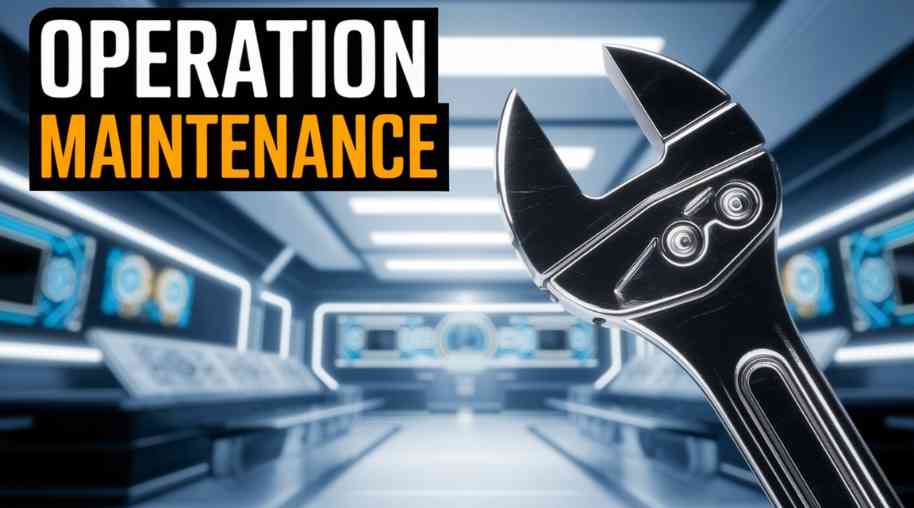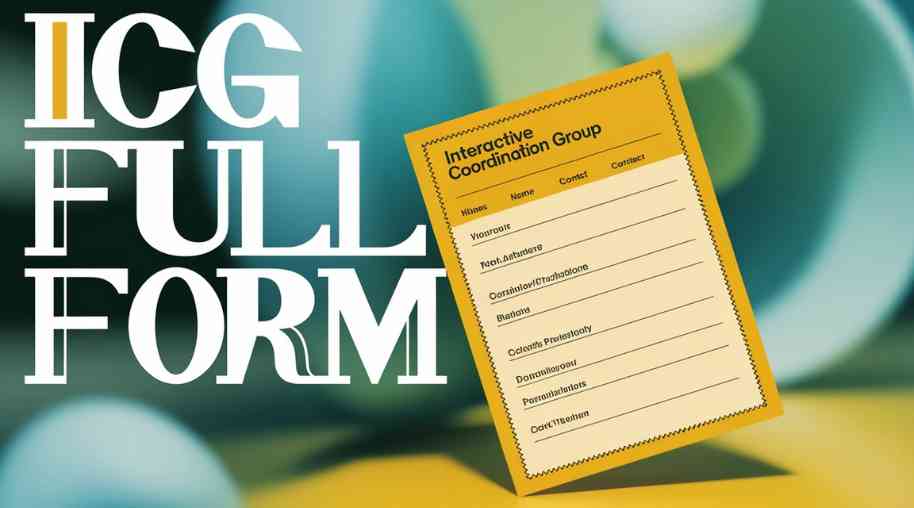O and M Full Form-Operation and Maintenance
by Shashi Gaherwar
0 1005
Operation and Maintenance: Ensuring Efficiency and Longevity of Assets
Introduction
In any industry, ensuring the smooth operation and maintenance (O&M) of equipment, infrastructure, and facilities is crucial for efficiency, safety, and cost-effectiveness. Proper O&M practices prevent unexpected failures, reduce downtime, and extend the life of assets.

This article explores what O&M is, its importance, different maintenance strategies, and best practices to ensure long-term operational efficiency.
What is Operation and Maintenance (O&M)?
Operation and Maintenance (O&M) refers to all activities necessary to keep machinery, infrastructure, and systems functioning optimally. It includes routine inspections, repairs, upgrades, and preventive measures to ensure performance and safety.
O&M is essential across various sectors, including manufacturing, energy, transportation, real estate, and public utilities.
Types of Maintenance Strategies in O&M
Several maintenance strategies are used to ensure assets function efficiently:
1. Preventive Maintenance (PM)
• Definition: Scheduled maintenance performed at regular intervals to prevent failures.
• Examples: Lubricating machinery, cleaning HVAC filters, replacing worn-out parts.
• Benefits: Reduces downtime, increases equipment lifespan, and lowers repair costs.
2. Predictive Maintenance (PdM)
• Definition: Uses data and monitoring tools to predict failures before they occur.
• Examples: Vibration analysis, thermal imaging, oil analysis.
• Benefits: Minimizes unexpected breakdowns, reduces maintenance costs, and improves efficiency.
3. Corrective Maintenance (CM)
• Definition: Repairs made after an asset has failed.
• Examples: Fixing a broken motor, replacing burnt-out electrical components.
• Benefits: Restores function quickly but can lead to higher costs if not managed well.
4. Condition-Based Maintenance (CBM)
• Definition: Maintenance is performed when specific conditions indicate deterioration.
• Examples: Monitoring temperature, pressure, and fluid levels in equipment.
• Benefits: Optimizes resource use, reduces unnecessary maintenance, and extends asset life.
5. Reactive Maintenance (RM)
• Definition: Also known as “run-to-failure,” maintenance is only performed after a breakdown.
• Examples: Fixing a burst pipeline, replacing a failed compressor.
• Benefits: Lower initial costs, but higher long-term repair and downtime expenses.
Importance of Effective O&M
Implementing proper O&M strategies provides several benefits, including:
1. Enhancing Equipment Reliability
Routine maintenance reduces unexpected failures and ensures consistent performance.
2. Improving Safety and Compliance
O&M ensures that facilities and machinery comply with industry safety regulations, reducing risks of accidents and injuries.
3. Increasing Operational Efficiency
Well-maintained assets consume less energy, operate smoothly, and reduce wastage.
4. Reducing Costs
Preventive and predictive maintenance lower the costs associated with emergency repairs and asset replacements.
5. Extending Asset Lifespan
Regular maintenance prolongs the life of machinery and infrastructure, improving return on investment.
Key Components of an Effective O&M Program
A successful O&M program includes:
1. Maintenance Planning & Scheduling: Establishing a routine for inspections and servicing.
2. Condition Monitoring: Using IoT sensors and predictive analytics to track asset health.
3. Inventory & Spare Parts Management: Keeping essential spare parts readily available.
4. Workforce Training: Ensuring staff are well-trained in handling and maintaining equipment.
5. Data-Driven Decision Making: Utilizing CMMS (Computerized Maintenance Management Systems) for maintenance tracking.
Best Practices for Effective O&M Management
1. Implement a Proactive Maintenance Approach
Prioritize preventive and predictive maintenance over reactive repairs to reduce downtime and costs.
2. Leverage Technology and Automation
Utilize AI, IoT, and CMMS software to track performance metrics and streamline maintenance workflows.
3. Standardize Operating Procedures
Develop and enforce SOPs (Standard Operating Procedures) to maintain consistency in maintenance tasks.
4. Train and Upskill Employees
Regular training programs ensure that maintenance staff remain up-to-date with the latest technologies and safety protocols.
5. Conduct Regular Audits and Inspections
Periodic assessments help identify weaknesses and optimize maintenance schedules.
6. Optimize Energy and Resource Usage
Maintaining equipment efficiently reduces energy consumption and minimizes waste, contributing to sustainability.
Challenges in Operation and Maintenance
Despite its importance, O&M comes with challenges such as:
• High Initial Costs: Investing in maintenance systems and skilled labor can be expensive.
• Downtime and Productivity Loss: Maintenance activities can temporarily disrupt operations.
• Complexity in Large-Scale Operations: Managing O&M across multiple locations requires advanced coordination.
• Technology Integration Issues: Adopting new technologies can be challenging due to compatibility concerns and workforce adaptation.
Case Study: Successful O&M Implementation
A leading manufacturing company reduced equipment failures by 40% after implementing a predictive maintenance program using IoT sensors. By monitoring vibration and temperature data, they were able to identify potential failures before they occurred, saving over $500,000 annually in repair costs.
Effective operation and maintenance (O&M) strategies are essential for maximizing efficiency, reducing costs, and ensuring asset longevity. Companies that implement proactive maintenance approaches, leverage technology, and prioritize workforce training experience higher reliability, improved safety, and better financial outcomes.

Share:








Comments
Waiting for your comments